The Quinnipiac Meadows Preserve is home to about four osprey couples nesting on platforms constructed in the marsh. In the 1950s and 60s, the osprey population was in a decline attributed, in part, to the pesticide DDT. Since the ban of DDT in 1972, osprey populations have rebounded. The mouth of the Quinnipiac River, home to many species of migratory fish, offers an ideal habitat for the coastal hunters. Keep an eye out when you visit the preserve and see if you can spot the adult ospreys and their chicks! (Photo Courtesy of Chung-Leong Chan)
Author: admin
An Urban Oasis
During summer, you are almost guaranteed to see an osprey on a walk through the 35-acre Quinnipiac Meadows preserve. And if you’re really lucky, you might spot a Diamond Back Terrapin, a threatened species of turtle that lives in brackish waters along the east coast. But even if you don’t, you can learn about them and other creatures living in the preserve from the newly installed signs posted along the two loop trails.

The culmination of a yearlong project between the New Haven Land Trust and the Yale Peabody Museum, the signs provide visitors with an overview of the history, ecology, wildlife, and terrain of the preserve. They were funded in part with a grant from The Quinnipiac River Fund.
Winding its way through eastern red cedars, shadbush, and other native plants and grasses, the trails offer sweeping views of the Quinnipiac River and coastal marshland. Artfully placed benches made out of stone slabs found scattered on the site by previous owners have been constructed by local resident Chris Ozyck.

“What I love most is having this peaceful natural area so close to the city,” says Land Trust Operations Manager Lauren Bisio – Operations Manager.
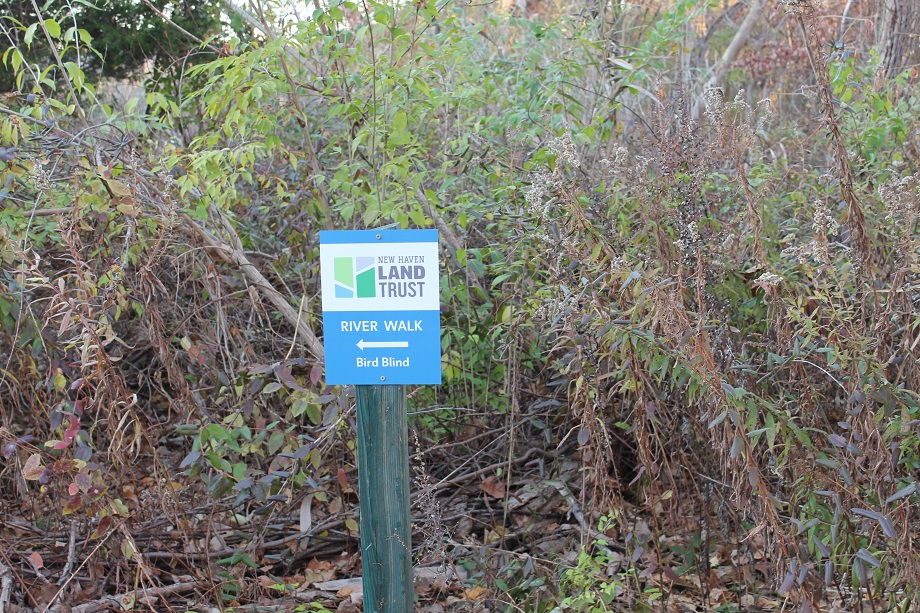
Location: 1040 Quinnipiac Ave. Preserve entrance is near the Amtrak railroad bridge. Park in front of the gate and walk in through pedestrian entrance on the left side of gate.
New Haven Land Trust Branches out to Community
Phote Credit: Sarah Tabin.
Elm City residents learned how to identify maple, oak and ash trees at the Pond Lily Nature Preserve on Sunday morning.
The New Haven Land Trust hosted the event “Trees and Trails: A Tree Identification Workshop” to celebrate the opening of Willsher’s Walk, a new trail built in the preserve over the past summer. The Land Trust acquired the 14-acre preserve in 1996, though back then, the preserve still included a dam built on the West River back in 1794. The Land Trust and its partners removed the dam in 2014 to mitigate flooding hazards and allow fish to migrate and have since then readied the preserve for public recreation. Continue reading here.
A Visit To Wallingford’s Fireworks Island
Copyright © 2016, Hartford Courant.
Five years ago, I visited Wallingford’s Quinnipiac River Linear Trail and left somewhat empty. Not to leave you with the impression the 1.1-mile-long trail isn’t worth a visit, but once you passed through a tunnel under the Wilbur Cross Parkway, the path just stopped.
Dead end. Curtain closed. The end.
Not anymore. After several years of planning and construction, another mile has been added to the trail connecting to a place called Fireworks Island and the Yalesville section of town. The trip is still out and back, but the new path offers some stellar views of the Quinnipiac and a history lesson of a place that was once home to the “Fireworks Capital of Connecticut.”
Something Fishy
The New Haven Land Trust is perhaps best known for managing 44 community gardens throughout New Haven and 6 coastal land preserves. Yet it also has an active events calendar with topics ranging from workshops on gardening to presentations on history and ecology.
University of New Haven Professor of Marine Biology John Kelly’s recent talk at Quinnipiac Meadows described the health of the fish population. Kelly studies the small mummichog fish in order to trace one of the primary threats facing the river’s fish population chemicals that are contained in pesticides and fertilizers, among other everyday products.
According to Kelly, endocrine disruptors destablize the hormones of male fish, leading to gender changes that can upset the population balance. Presently, Kelly has found that the fish in the Quinnipiac River appear unaffected by the chemical.
“Professor Kelly’s presentation gave participants in the walk a much better sense of how research is conducted to determine what potential human impacts may influence the health of the Quinnipiac River. What’s particularly interesting is just how much the health of the Quinnipiac River has improved in recent years – thanks in large part to improved environmental regulation and monitoring and scientific research. The phenomenon of the health of the Quinnipic River improving is supported by Professor Kelly’s research that indicates that endocrine disruptors don’t appear to be in high enough concentration in the Q River to negatively impact several fish species that he studies.”
The New Haven Land Trust holds educational and outdoor events regularly throughout the year. Visit their calendar for more information.
Both the University of New Haven’s research on the Quinnipiac River and the New Haven Land Trust are grant recipients of the Quinnipiac River Fund, a fund at The Community Foundation for Greater New Haven.
In addition to hosting other educational events at Quinnipiac Meadows this summer, the New Haven Land Trust is also working on installing new educational signs in the preserve and improving the preserve’s walking trails.
Photo Credit: Ian Christmann
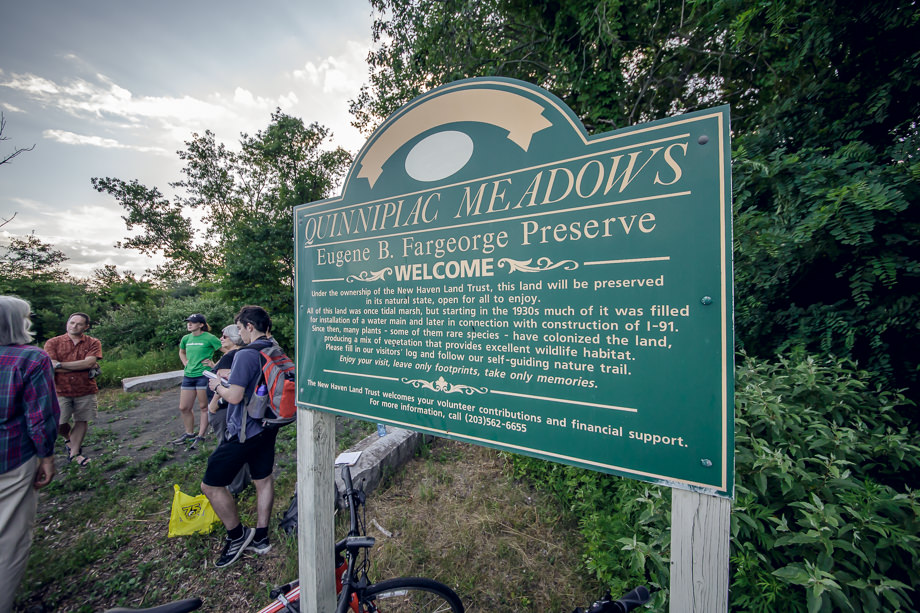
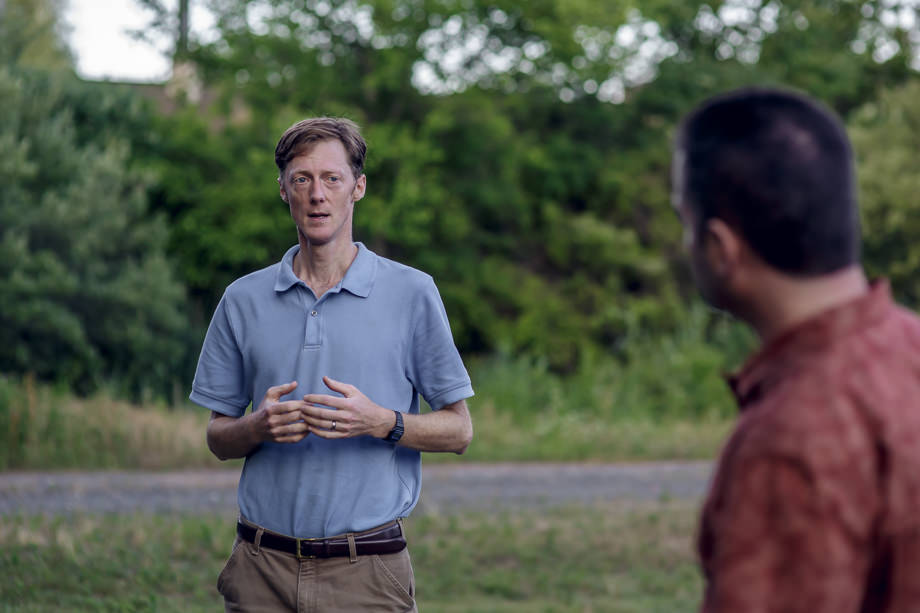

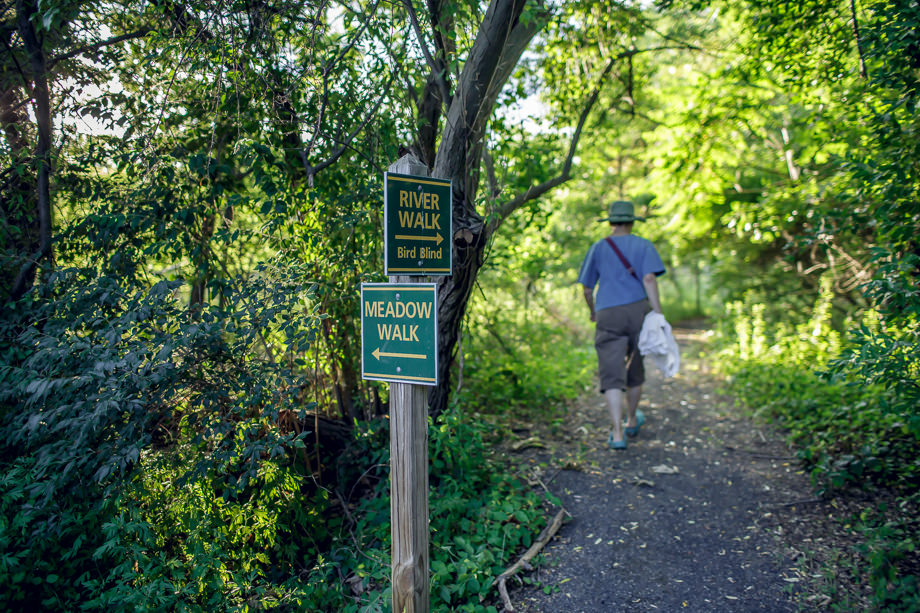

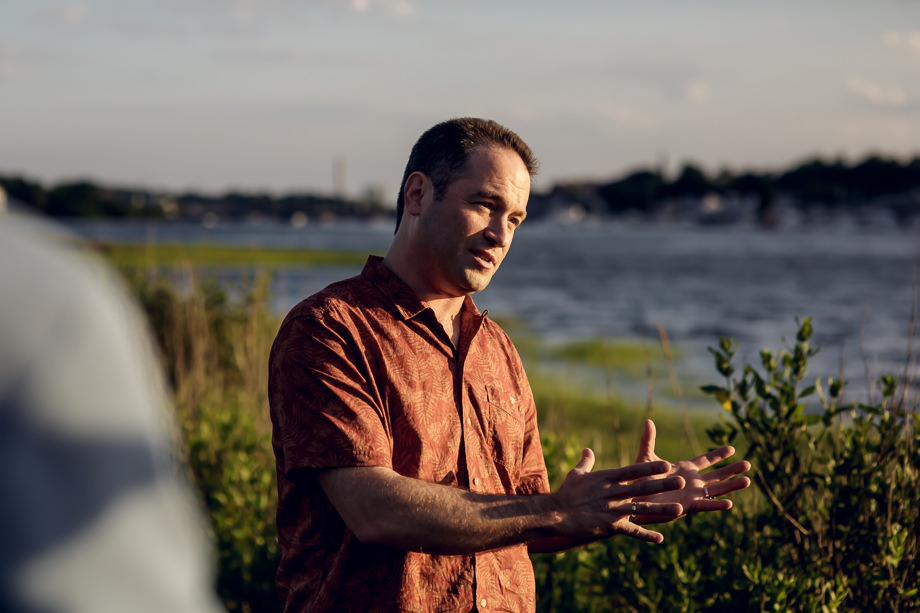
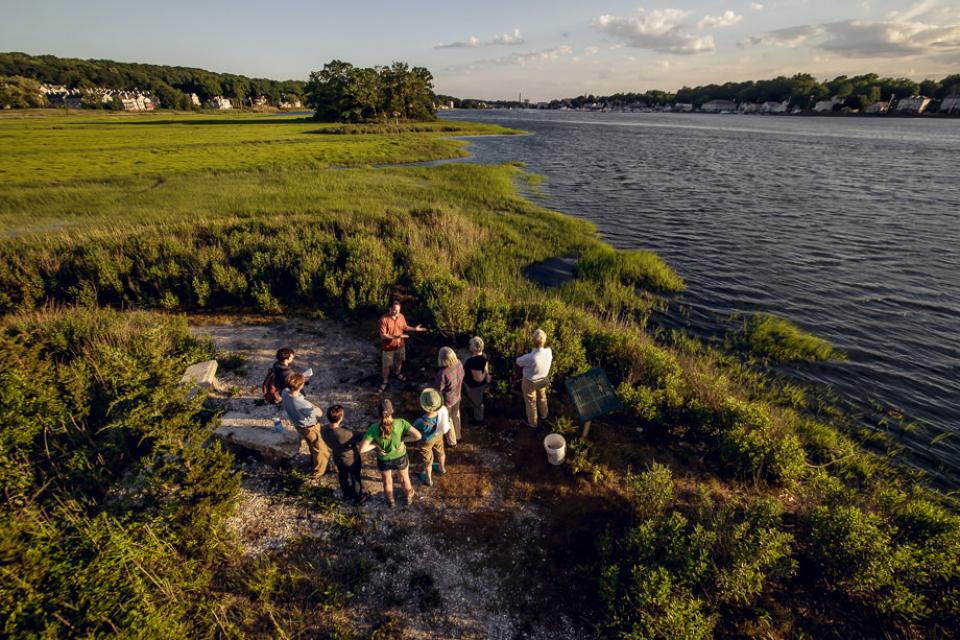

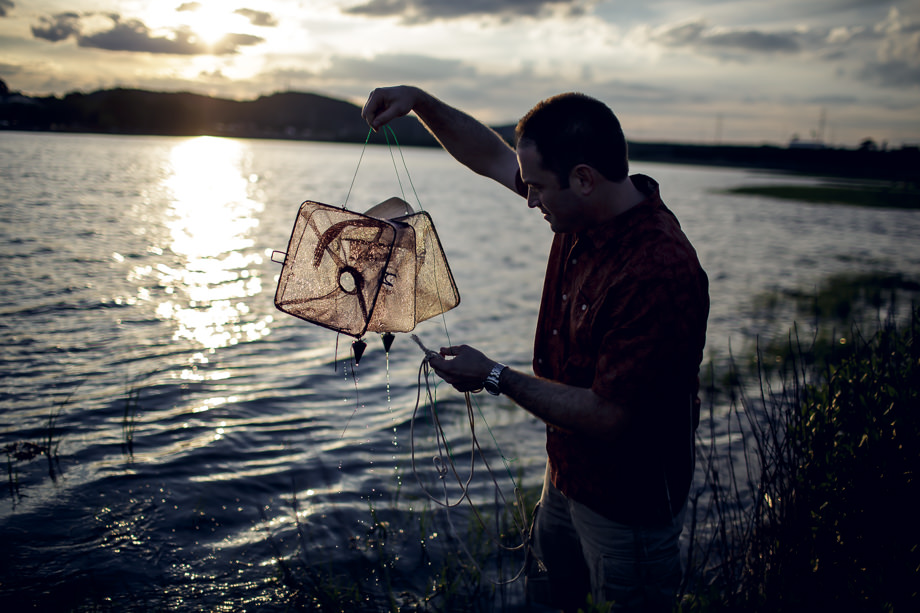
Wallingford company reaches agreement with Quinnipiac River advocates
WALLINGFORD — A local river advocacy group rescinded a request to hold a public hearing on a discharge permit sought by chemical production company Allnex after working with state officials and company representatives on an agreement over the discharge of a previously unregulated chemical into the Quinnipiac River watershed.
Earlier this year, River Advocates of South Central Connecticut expressed concern that Allnex, 528 S. Cherry St., would be discharging tetrahydrofuran into the Quinnpiac River without regulation given the company’s past discharge violations.
The state Department of Energy and Environmental Protection’s discharge permit would only require the company to monitor the levels of the discharge, without a standard set to regulate its concentration in the watershed.
The advocacy group, helmed by state Rep. Mary Mushinsky, D-Wallingford, obtained enough signatures to request a public hearing before a new permit could be issued by the state. Continue reading.
Advocates reach accord
River advocates have dropped their request for a public hearing regarding the discharge of a new manufacturing chemical into the Quinnipiac River Watershed after an agreement was reached regarding the amount of the chemical that could be released.
All in all, it is a happy ending, said Connecticut Department of Energy and Environmental Protection spokesperson Dennis Schain.
“They found a standard they could agree to and allow the company to move forward in a way the river advocates found acceptable,” Schain said.
River Advocates of South Central Connecticut, a newly formed nonprofit dedicated to protecting the watersheds of Greater New Haven, filed a petition against proposed discharge permit modifications by Allnex USA, a Wallingford-based manufacturing plant, in March. Schain said the DEEP had tentatively approved the permit modifications proposed by Allnex USA, formerly known as Cystic Industries, when the petition for the public hearing was submitted. Continue reading.
Riverfest
On Sunday, May 15, come down to Riverfest at the Quinnipiac Marina at 309 Front St. New Haven, CT. Bands, canoe rides, a beer tent, and more! This is a BYOC event. To guarantee you will have a seat bring your own chair. The wackier the better!
For more information, visit www.quinnipiacriverfest.com.

River popular with anglers, but pollution brings concerns
Photo Credit: Catherine Avalone — New Haven Register
NEW HAVEN >> As Aly Tatchol Camara biked to the very edge of Criscuolo Park, fishing poles slung on his back, he found he would not be alone at Grape Vine Point this cold, March evening.
Two poles already rested on the stone wall, lines dropped into where the Mill and Quinnipiac rivers meet before emptying into Long Island Sound. A 13-year-old boy told Camara through his shivering that he hadn’t had any luck yet that night in catching anything. The boy said he was there to try to bring fish home to his family.
Just to the right of the poles was a sign from the state Department of Energy and Environmental Protectionwarning that if anyone spots raw sewage in the water, they are to call and report the sighting.
Combined sewer overflows, contaminated storm water runoff, lawn fertilizers and lingering chemicals from dozens of power and manufacturing plants are just some of the pollutants hurting Greater New Haven watersheds. All three rivers in Greater New Haven — West, Mill and Quinnipiac — are on theimpaired waters list of the U.S. Environmental Protection Agency.
While pollution limits activities like swimming and paddling in these rivers, it also poses a significant risk to those who consume fish from them. Thestate Department of Public Health advises that any fish caught from the Quinnipiac River should be consumed only once a month, due to the dangerous contaminants present in fish tissue. Blue crab from the Mill River should not be eaten at all, the department warns in its 2016 consumption guide.
Camara, 51, said it was still a little too early in the year to catch much, but he said he likes spending his summer evenings at the edge of Criscuolo Park. A native of West Africa, Camara has been in the United States since 1996, he said, and he now teaches African dance and drumming in New Haven.
He mostly fishes for sport, releasing much of what he gets, he said. Fishing in the evenings keeps him away from television and out of trouble, he said with a laugh.
“This is a place for us to spend time,” Camara said. “You meet a lot of friends here.”
CONTAMINATION THREATS
Based on the health advisories from the state health department for 2016, fish in the Quinnipiac may be contaminated with polychlorinated biphenyls, commonly referred to as PCBs. The recommendation that any species of fish caught in the river only be consumed once a month applies to both high-risk and low-risk groups. Continue reading . . .
Annual Awards To Improve The Health and Enjoyment Of The Quinnipiac River Top $117,000
New Haven, CT (March 28, 2016) – The Community Foundation for Greater New Haven is pleased to announce that $117,700 in grants has been awarded from the Quinnipiac River Fund to support 8 programs that study and restore the river and surrounding ecosystem, provide education and improve recreational access.
The River flows 40 miles from west of New Britain southward to Plainville, Southington, west of Meriden, Cheshire, through Wallingford, Yalesville, North Haven and into New Haven Harbor.
“The Quinnipiac River historically had many industries on its banks that discharged their waste, metals and chemicals into it, so it is now taking much effort to get the river clean once again,” said Nancy Alderman, chair of the Quinnipiac River Fund’s advisory committee. “The grants for this year will once again contribute to the ongoing work of restoring the river’s health.”
Grants and distributions from the Quinnipiac River Fund are recommended each Spring by the advisory committee consisting of Alderman, President of Environment and Human Health, Inc., Gordon Geballe, Associate Dean of the Yale School of Forestry and Environmental Studies, and Roman Zajac, Professor, Department Chair of the University of New Haven’s Department of Biology & Environmental Science. Committee recommendations are brought to The Community Foundation’s Board of Directors for approval. Since being established in 1990, the Fund has distributed $2 million in grants.
| 2016 Quinnipiac River Fund Grants | |||
| Organization | Description | Total Amount Awarded | |
|---|---|---|---|
| New Haven Land Trust Inc. | to support educational programming, improving trail and sign infrastructure, and organizing volunteer events at Quinnipiac Meadows/Eugene B. Fargeorge Nature Preserve and Long Wharf Nature Preserve as well as land acquisition work at Quinnipiac Meadows Nature Preserve. | $15,000 | |
| Quinnipiac River Linear Trail Advisory Committee | to support the purchase of additional benches along Phase III of the trail which will add 1.25 miles to Fireworks Island as well as graphic art designs for the informational sign to showcase history, natural history, and location information. | $5,000 | |
| Quinnipiac University | to support the study of plasticizers and other chemical pollutants from industrial point sources in Wallingford and North Haven with an emphasis on the pollutant’s impact to indigenous fish populations in the Quinnipiac River. | $24,000 | |
| River Advocates of Greater New Haven | to support Lunch and Learn sessions for municipal department of public works crews in the lower Quinnipiac watershed for best practices in stormwater pollution prevention; enforcement of public access at an abandoned, neglected Quinnipiac River site at Lowe’s on Route 80 in New Haven; education of phosphorus control; and monitoring of pollution and diversion permits. | $20,000 | |
| University of New Haven | to support the study of several sites along the Quinnipiac River to determine whether endocrine disruptors are present and then trace their source. | $11,500 | |
| University of New Haven | to support the study of benthic algae to detect seasonal variation in species composition, as well as testing copper content in situ algal samples and conducting mesocosm copper uptake experiments to test the bioremediation potential of various algal species. | $12,000 | |
| Yale University | to support the study of sediment accretion and elevation change in the Quinnipiac marshes, and for a wildlife-exclusion experiment to test the hypothesis that herbivory is preventing vegetation from recolonizing mudflat areas. | $13,500 | |
| Yale University | to support the study of the risk of runoff from artificial turf fields into the Quinnipiac River’s watershed. | $16,700 | |
The Quinnipiac River Fund is a component fund of The Community Foundation for Greater New Haven. It was established in 1990 by a court settlement of litigation between the Connecticut Fund for the Environment, the Natural Resource Defense Council and the Upjohn Company concerning wastewater discharges from Upjohn’s plant in North Haven. The settling parties agreed that distributions from the Fund were to be used “to improve the environmental quality of the Quinnipiac River and the New Haven Harbor and the watersheds of these water bodies, and otherwise to benefit the environment of these resources.”
Thanks to the generosity of three generations of donors, The Community Foundation for Greater New Haven awarded over $30 million in grants and distributions in 2015 from charitable assets of more than $500 million and composed of hundreds of individually named funds. In addition to its grantmaking, The Community Foundation helps build a stronger community by taking measures to improve student achievement, create healthy families in New Haven, promote local philanthropy through www.giveGreater.org® and The Great Give®, and encourage better understanding of the region. The Community Foundation for Greater New Haven’s 20 town service area includes: Ansonia, Bethany, Branford, Cheshire, Derby, East Haven, Guilford, Hamden, Madison, Milford, New Haven, North Branford, North Haven, Orange, Oxford, Seymour, Shelton, Wallingford, West Haven and Woodbridge. For more information, visit www.cfgnh.org or follow The Foundation on Facebook (www.facebook.org/cfgnh) and Twitter (www.twitter.com/cfgnh).
###
Media Contact
Tricia Caldwell
Director of Communications
203-777-7090
tcaldwell@cfgnh.org